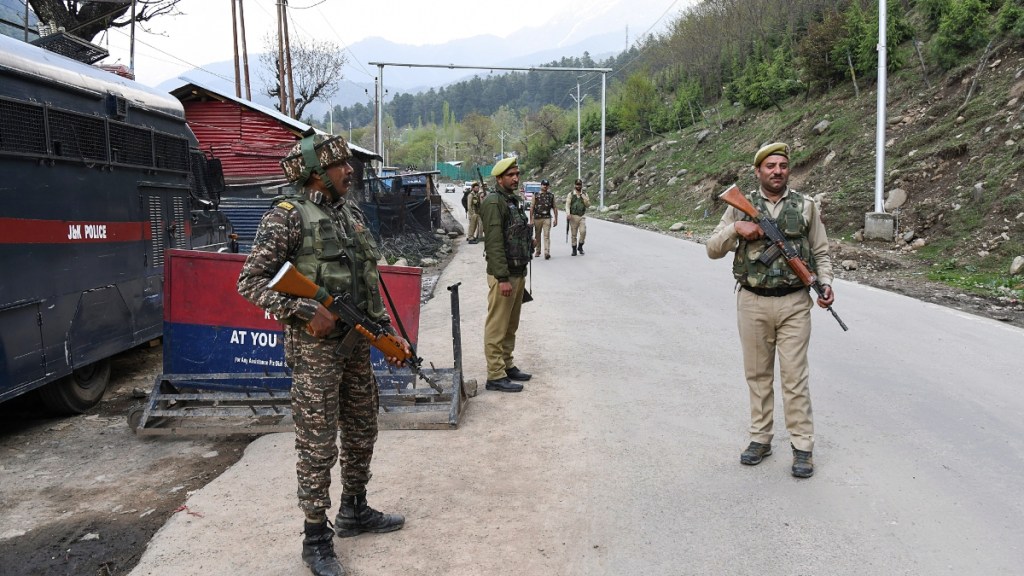The massacre in Pahalgam on Tuesday is the most devastating terror attack on civilians in India since 26/11. Just like the commemoration of Mumbai’s wounds continues nearly two decades on, the visual of a woman slouched beside her dead husband against the backdrop of scenic hills will haunt the nation for a long time to come. At least 26 tourists were killed and several injured, but more than the number of casualties, the targeting of civilians — that too in a brazen communal fashion — has shaken everyone.
To be sure, civilians have been targeted before. For instance, the annual Amarnath Yatra — set to start two months later and not too far from the lush meadows of Pahalgam — has seen pilgrims facing attacks four times since 2000. However, such instances are rare as the more than three-decade-long armed insurgency in Kashmir has largely been in confrontation with the Indian state and the armed forces. As such, preying on unarmed non-combatants sends a chilling message that peace in the Kashmir Valley remains precarious.
The Pahalgam tragedy is also a body blow to tourism, the backbone of Kashmir’s economy. Tourists are rushing back from the Valley with the addition of return flights from Srinagar while trip cancellations have surged. Tourist footfall in Kashmir has risen sharply in the post-Covid years, going up from just over 800,000 in 2018 to more than 3.5 million last year.
As people across India react with palpable grief and anger, a shutdown in Kashmir on Wednesday reflected a wish of traders for the security of visitors on whom much of their livelihood depends. The government has been aggressively promoting Kashmir tourism, with the recent boom seen as an achievement of Prime Minister Narendra Modi who has spoken of infrastructure projects benefitting the region.
However, the terror attack has shattered the Centre’s chest-thumping and claims of normalcy after it abrogated Article 370 and stripped Jammu and Kashmir’s partial autonomy and statehood in 2019. It appears J&K chief minister Omar Abdullah wasn’t wrong when he recently referred to “forced normalcy” driven by fear in response to a question on a reduction in shutdowns and terror activities.
The Resistance Front, an offshoot of the Pakistan-based Lashkar-e-Taiba that has claimed responsibility for the Pahalgam killings, was formed months after the abrogation of Article 370 and has targeted non-Kashmiris and religious minorities in the Valley earlier. Like the Anantnag massacre in 2000, which took place days before US President Bill Clinton’s visit to India, the Pahalgam strike also coincided with Vice President JD Vance’s ongoing trip.
Given the mirroring patterns decades apart, ostensibly to catch global attention and further strain ties between neighbouring India and Pakistan, it represents a serious intelligence failure on the part of the state. Several terror groups have started using radicalised locals, operating as civilian shadows who are asked to carry out targeted attacks. This necessitates deep, real-time intelligence from the ground.
The terror group has also claimed its strike was in retaliation of “domicile certificates issued to non-locals”. While nothing can justify an act of terror and the perpetrators including those from across the border should be brought to book, the government should also take steps to build confidence among the residents of Kashmir and allay fears of demographic changes. Administrations and people across India too must prevent the fomenting of communal tension on the pretext of what happened in Pahalgam.

